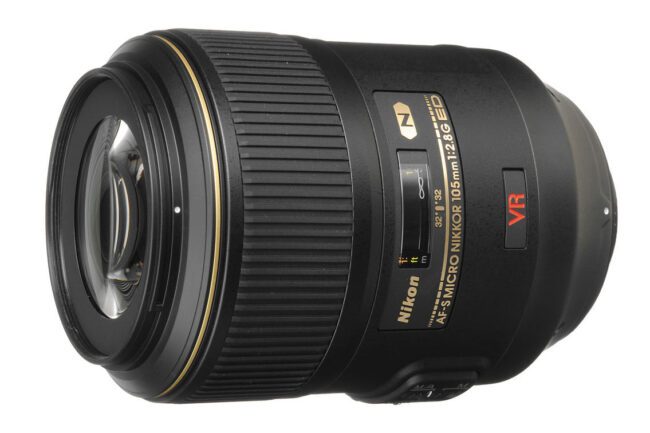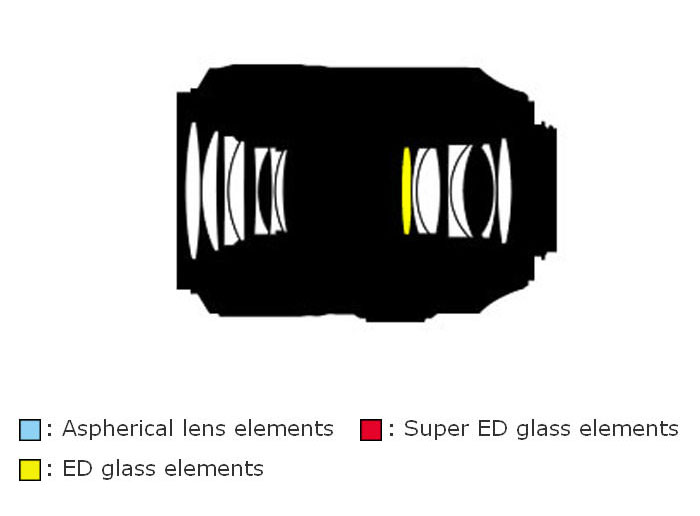01.19.19 Nikon VR 105mm f/2.8G Macro Lenses | |
The lens that I’ve been using the longest as a photographer is the Nikon 105mm f/2.8G Macro – the F-mount lens, that is. Nikon has been selling it since 2006, and in that time it’s gained a lofty reputation (not just among macro photographers, either). Today, I’m reviewing it in full. About the Nikon AF-S VR 105mm f/2.8G ED MacroThere’s a long history of 105mm f/2.8 macro lenses in Nikon’s lineup, starting with the Micro Nikkor 105mm f/2.8 AI-S in the 1980s. The lens I’m covering today is Nikon’s fourth 105mm f/2.8, and it’s been the most current version for years, up until the most recent Z-series 105mm f/2.8 S Macro was announced in 2021 for Nikon’s full-frame mirrorless system. The full name of this lens is the Nikon AF-S VR Micro-Nikkor 105mm f/2.8G IF-ED. That’s quite a mouthful! Nikon has since simplified its naming schema, but here’s what each abbreviation means:
See more in our article on Nikon lens terminology. For simplicity, throughout this review, I’m going to refer to this lens as the Nikon 105mm f/2.8G Macro. 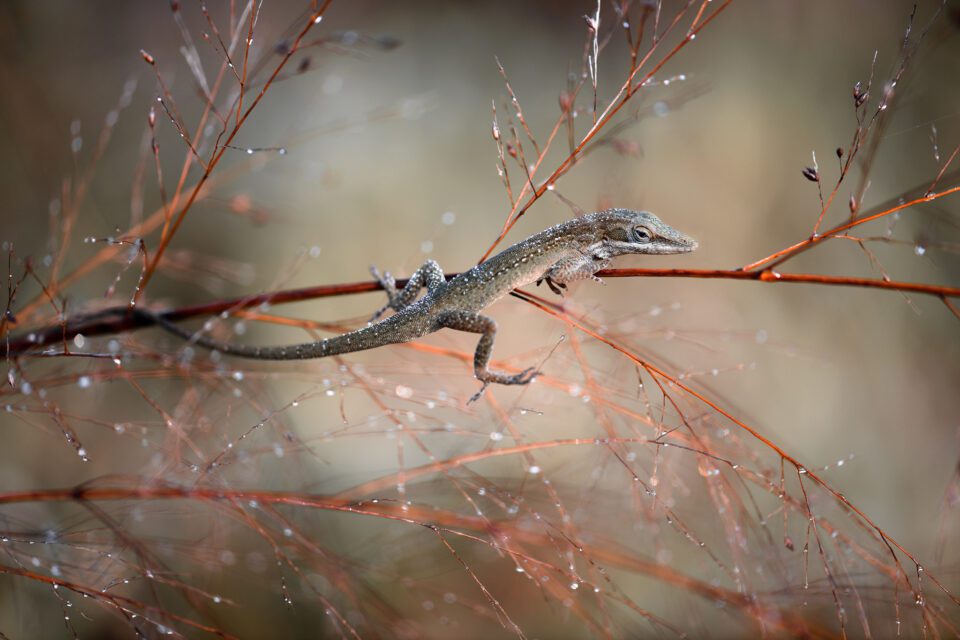
One thing that makes the Nikon 105mm f/2.8G Macro stand out is its high degree of compatibility, since it can autofocus on Nikon DSLRs and mirrorless alike. By comparison, many F-mount macro lenses from third party companies like Tokina or Tamron have compatibility issues with the FTZ adapters. And the newest Nikon Z MC 105mm f/2.8 is a mirrorless-only macro lens. So, photographers who shoot cross-platform between Nikon DSLR and mirrorless should strongly consider the 105mm f/2.8G version. In fact, that’s why I’ve kept it for so long for my own photography. I shot with Nikon DSLRs for years and now use a mirrorless camera most of the time. Out of all my F-mount glass, the Nikon 105mm f/2.8G Macro is the only lens that I’ve kept in my bag for shooting mirrorless; everything else I use is a native Nikon Z lens. Why did I choose to stick with this lens – and this lens only – from all the DSLR lenses I’ve used? Is it really that good? The truth is that the Nikon 105mm f/2.8G Macro is not a perfect lens, as you’ll see throughout this review. But its imperfections are of little to no concern for the subjects that I shoot. Perhaps there’s also some nostalgia involved, since I’ve used it for so long and took many of my favorite pictures with this lens. There’s just nothing that makes me want to switch it out for something more modern. 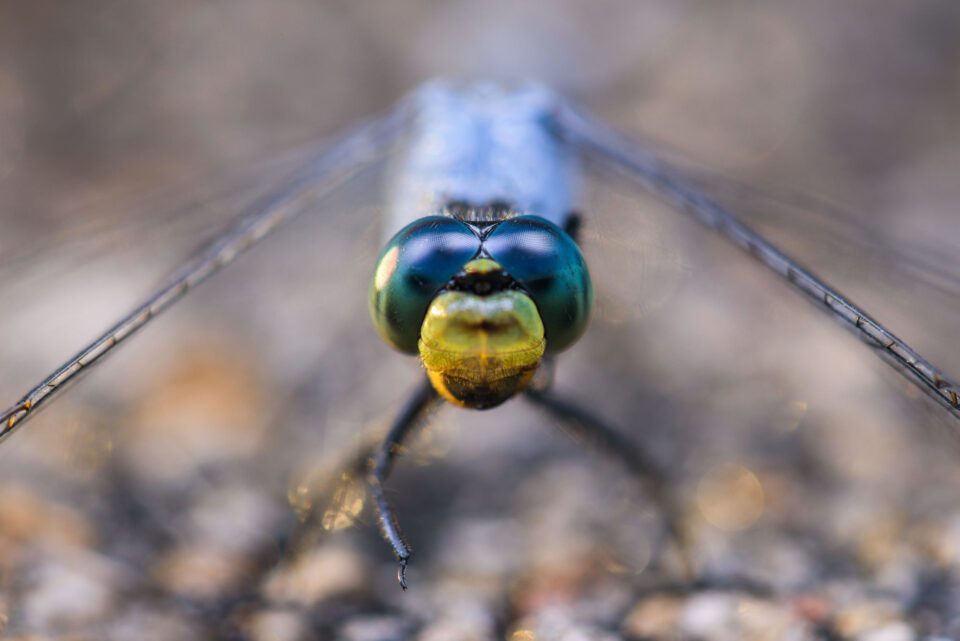
With that, let’s take a look at the optical design of the Nikon 105mm f/2.8G Macro. Nikon 105mm f/2.8G Macro Lens Construction DiagramThis macro lens has 14 elements in 12 groups, which is a lot more than macro lens designs of the past. Here’s a diagram showing the lens’s construction:
There is one ED glass element, but it has no other special elements. That’s not surprising for a lens from 2006, but nowadays, you may be used to seeing more exotic glass in a lens like this. For instance, the Nikon Z-mount 105mm macro has four special elements: one aspherical and three ED glass. Nevertheless, what matters is not the number of special elements in a lens but the way it performs in practice. (Well, what really matters is the photographer’s creative process, but I’ll leave that discussion for our articles on composition.) For decades, macro lenses in general – not just from Nikon – have had a good reputation for sharpness and image quality even at non-macro focusing distances. Is that also true of the 105mm f/2.8G Macro? You’ll see more in the “Image Quality” section later in this review, but the frank answer is that it has some image quality flaws compared to newer macro lenses, even though it’s not terrible in any respect. 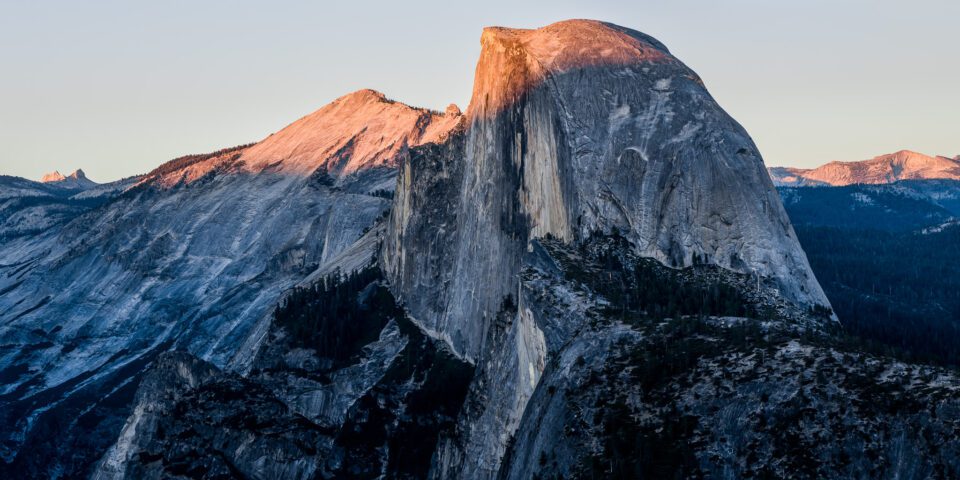
Now let’s take a more detailed look at this lens’s specifications. Nikon 105mm f/2.8G Macro Lens Specifications
The Nikon 105mm f/2.8G Macro is a quintessential macro lens, and nothing in this list of specs is especially surprising or out of place. One thing to note, however, is the maximum aperture value, which narrows as you focus toward 1:1 magnification. This phenomenon isn’t unique to this lens; it’s a property of all lenses when focusing at very close distances. The effect is sometimes called the bellows factor or effective aperture. Still, it doesn’t really change how you should use the Nikon 105mm f/2.8G Macro; just be aware that the viewfinder will get a bit dimmer at 1:1 focusing distances. 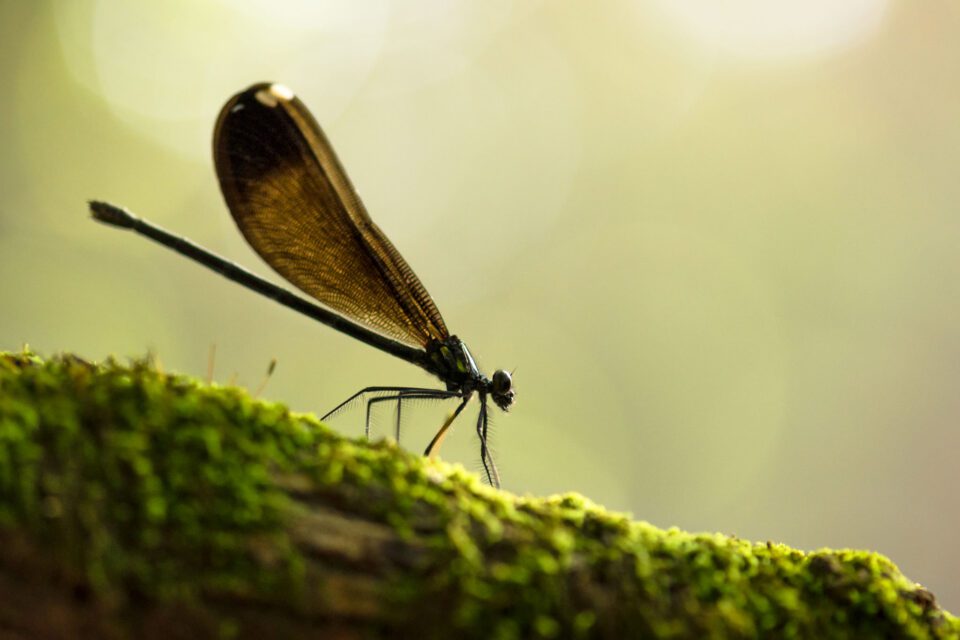
On the next page of this review, I’ll cover the construction and real-world handling of the Nikon 105mm f/2.8G Macro lens. Click the menu below to go to “Build Quality and Handling.” | |
|
| |
| Total comments: 0 | |
